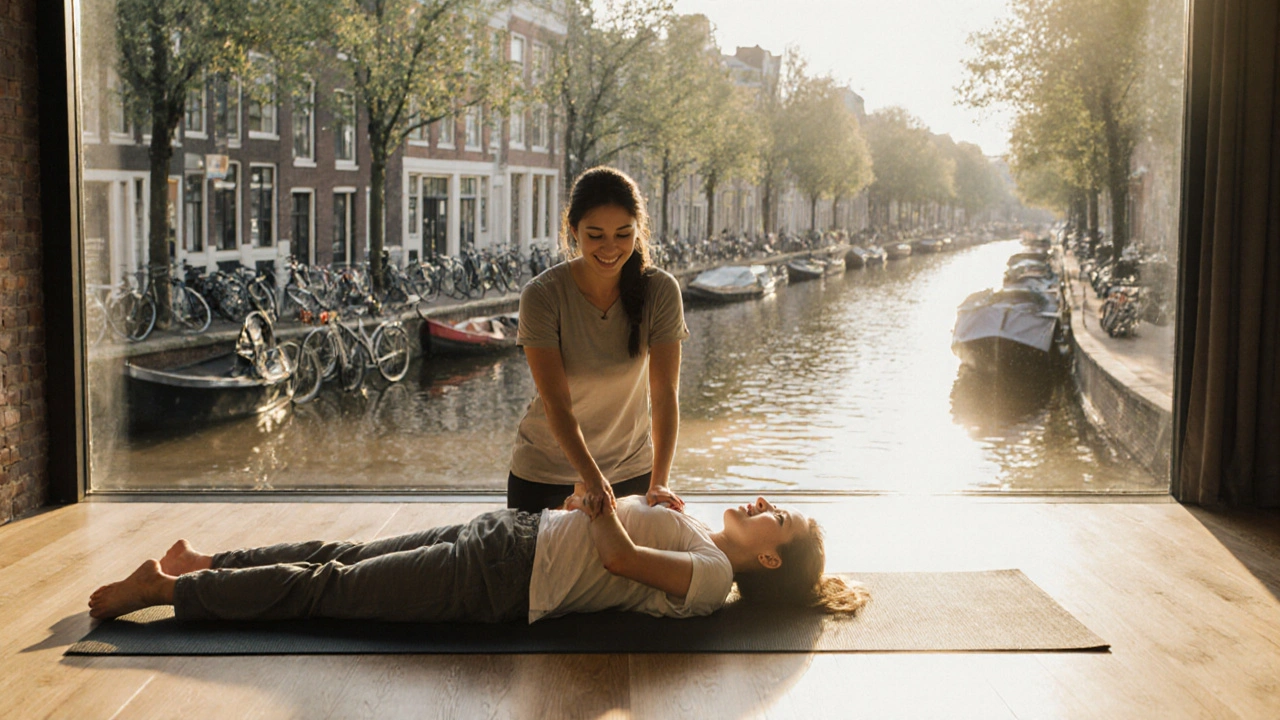Stretching: The Key to Flexibility, Mobility and Tension Relief
When working with stretching, the deliberate elongation of muscles and connective tissue to improve range of motion. Also known as flexibility training, it plays a vital role in daily movement and injury prevention. Alongside stretching, flexibility, the ability of joints to move through their full range without pain and mobility, the functional movement capacity of entire limbs form a trio that shapes how our bodies feel and perform.
Stretching encompasses flexibility training, which directly influences muscle tension. Reducing tension helps keep joints healthy and supports better posture. Consistent mobility work requires regular stretching routines, because tight muscles limit the effectiveness of dynamic movements. When flexibility improves, you notice smoother transitions in yoga poses, sports drills, and everyday tasks.
Why Stretching Matters for Everyday Life
Think about the last time you felt stiff after a long desk session. That soreness is a signal that your muscles have shortened. Adding a few minutes of targeted stretching each day can reverse that process, boost circulation, and lower stress hormones. For athletes, a well‑structured stretch program can shave seconds off a sprint or add depth to a squat. For anyone who sits, it simply makes standing up feel easier.
Stretching also interacts with yoga, a practice that blends breath, posture and mindfulness. Yoga sequences often start with static stretches to warm up the body, then move into dynamic flows that build strength and balance. When you combine yoga with dedicated stretching, you get a double dose of flexibility gains and mental calm.
Another often‑overlooked link is between stretching and physiotherapy, rehabilitative care that restores function after injury. Therapists prescribe specific stretches to address scar tissue, improve joint alignment, and speed up recovery. By following those recommendations, you turn a passive healing process into an active one.
From a scientific standpoint, consistent stretching lowers cortisol levels, which translates to less anxiety and better sleep. A study conducted in Amsterdam found that participants who stretched for 10 minutes a day reported a 30% drop in perceived stress after four weeks. Those numbers aren’t a fluke; they reflect how the body’s nervous system responds to increased muscle length and reduced tightness.
When you plan a stretching routine, think of three core attributes: duration, intensity, and frequency. Short, gentle holds (15‑30 seconds) work well for beginners, while advanced practitioners may hold for a minute or use proprioceptive neuromuscular facilitation (PNF) techniques for deeper gains. The key is consistency—stretching three times a week yields noticeable benefits, while occasional sessions barely move the needle.
Below you’ll find a curated collection of articles that dive deeper into each aspect of stretching. Whether you’re looking for a quick warm‑up guide, detailed yoga sequences, or science‑backed explanations of how stretching boosts immunity, the posts are organized to match your interests. Explore the range, pick the pieces that fit your routine, and start turning those tight spots into smooth, mobile movement.
Thai Massage in Amsterdam: Boost Your Flexibility
Discover how Thai massage in Amsterdam can boost your flexibility with real benefits, pricing tips, safety advice, and local studio recommendations.
